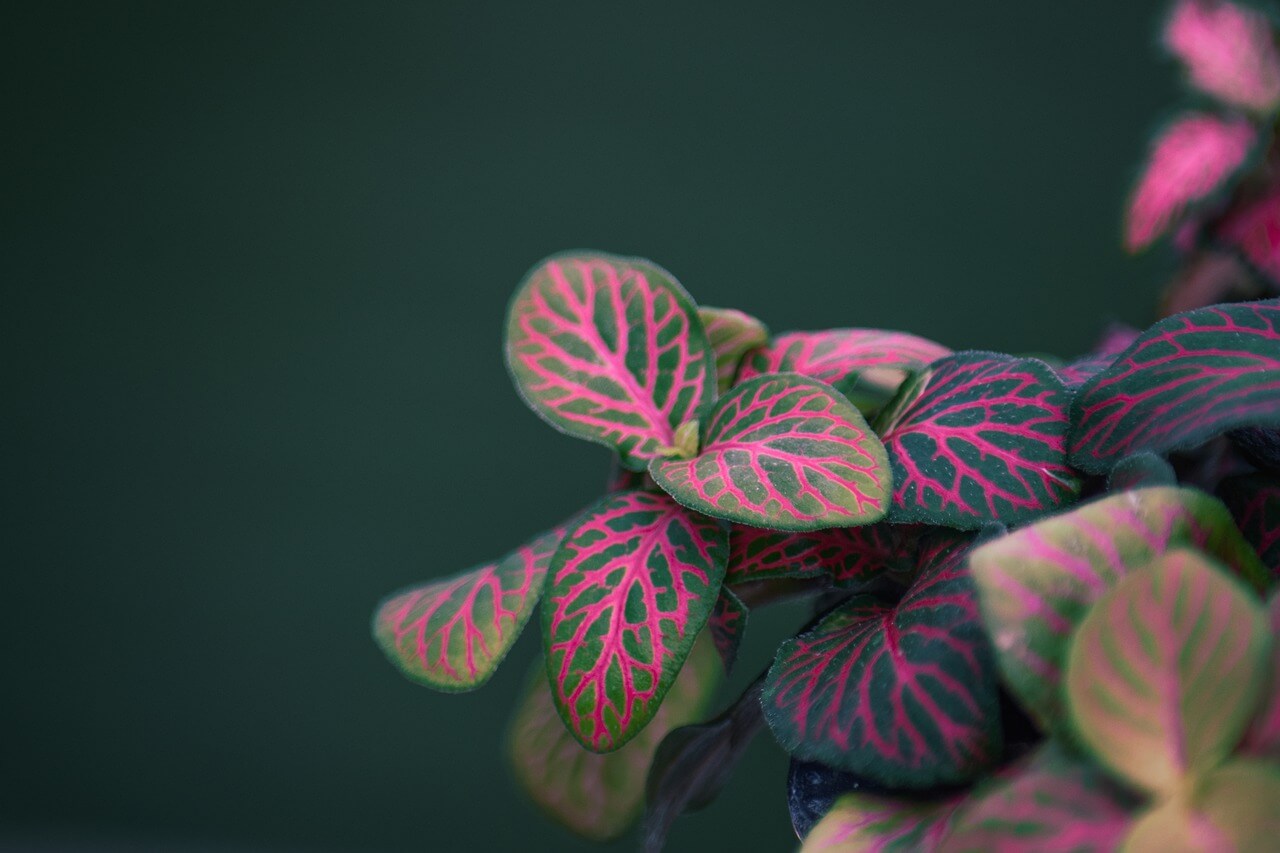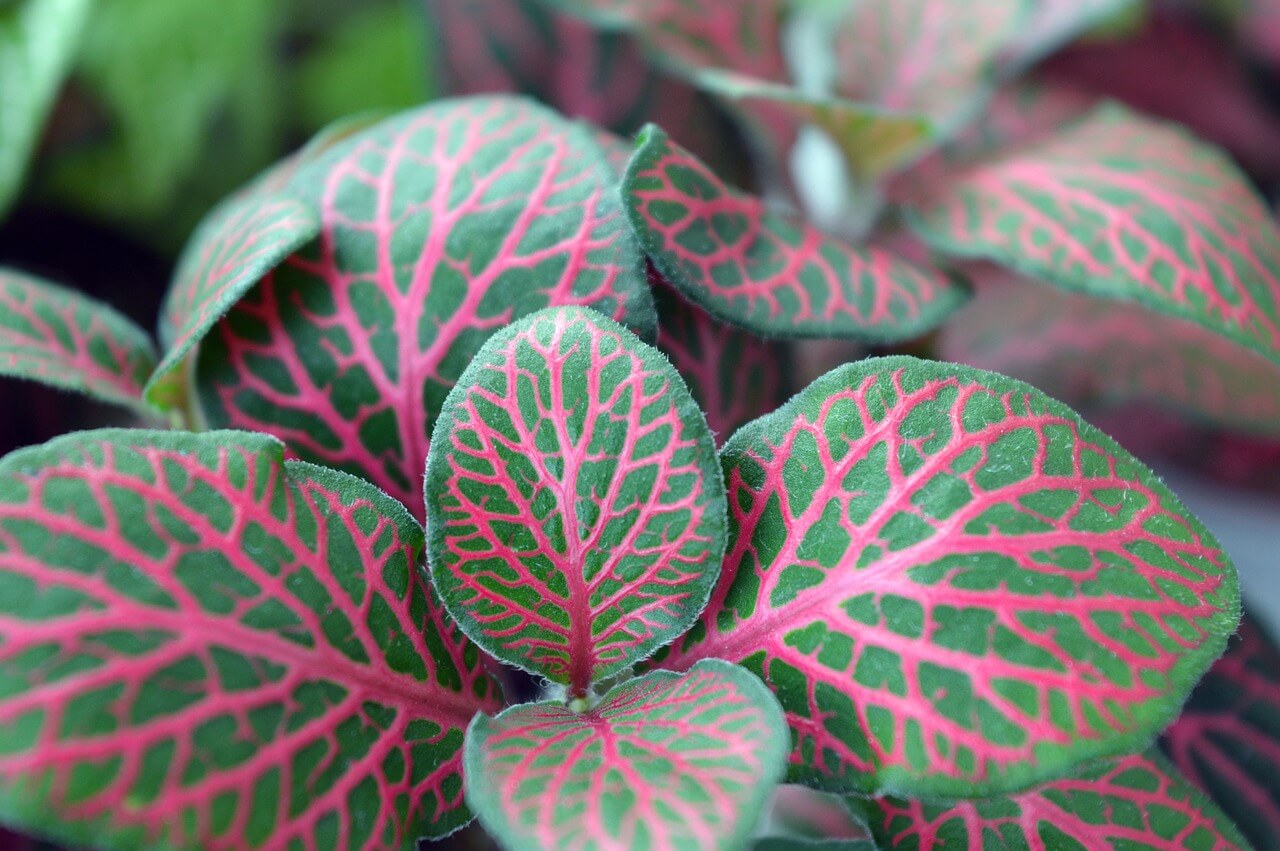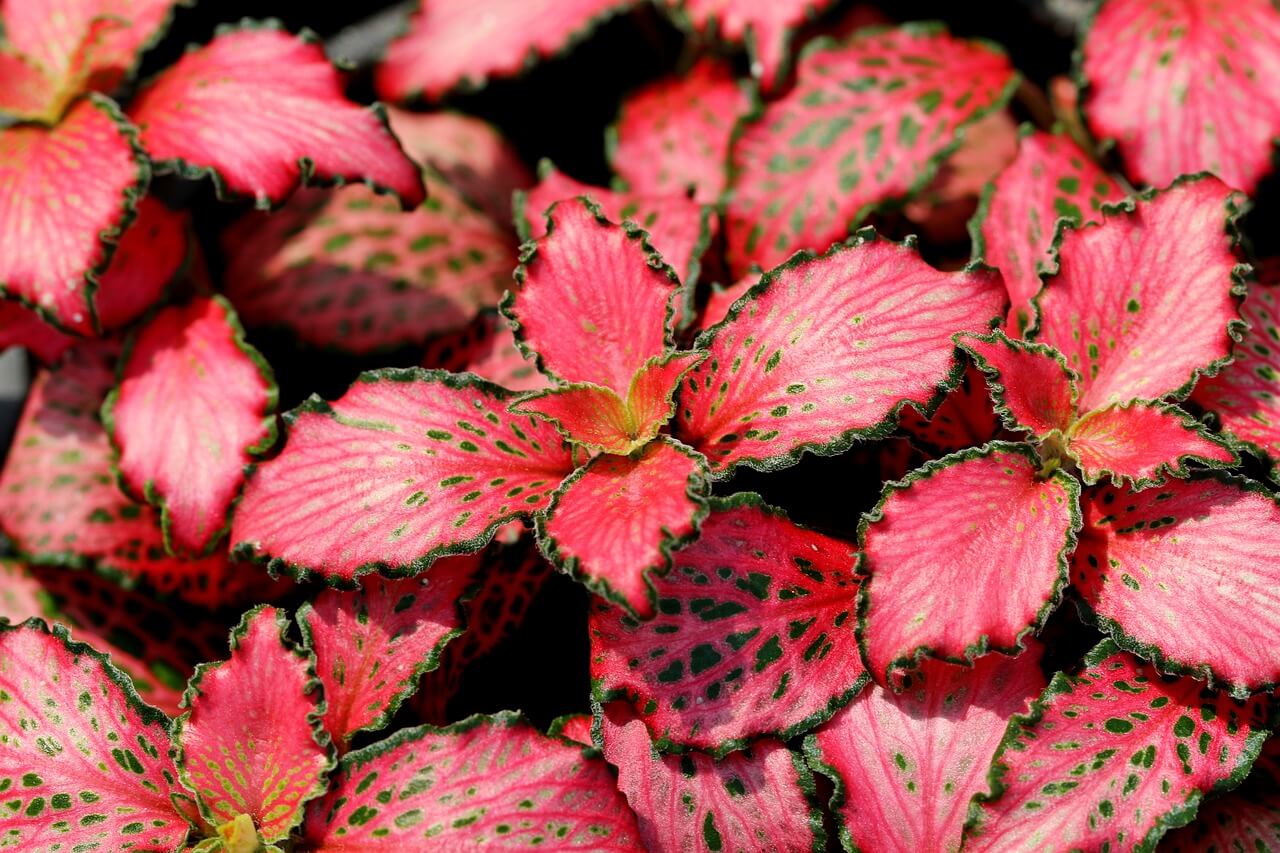If your nerve plant is looking sad and droopy, welcome to the club that most plant owners have been a part of at some point. Nursing an unhappy plant back to health is a fact of life when you’re gardening. Fortunately, Fittonia plants bounce back pretty quickly once they get what they need. Read on for tips on how to troubleshoot your wilting plant and return it to its happy self.
What You'll Learn Today
Why is My Plant Suddenly Drooping?

Sometimes it’s tricky to figure out what’s wrong with a sickly plant since the symptoms for different problems can overlap. To figure out the issue, you’ll have to think about how you’ve been caring for the plant and assess all of the possible causes.
Here are some of the most common reasons for a nerve plant to wilt:
- Lack of water
- Overwatering
- Dry air
- Direct sunlight
- Low light
Can a Wilted Plant be Saved?

Wilted plants, including Fittonia, can usually be saved once you figure out what’s making them droop. Nerve plants typically perk up within a couple of days after they receive what they’ve been lacking.
To give your plant the best chance at recovering, you will need to act quickly once you notice the issue. If you leave your Fittonia with limp, droopy leaves for an extended period of time, it may take longer for it to bounce back.
How Do You Revive a Fittonia Plant?

Since many plant problems can cause your Fittonia’s leaves to wilt, you may have to try different treatments until you find one that works. It’s best to deploy one possible fix at a time to accurately pinpoint the issue
Start with the most likely scenario first (or your best guess), and work your way down this list:
The Problem: Lack of Water
If the top of your nerve plant’s soil feels dry to the touch, it needs to be watered. Fittonia’s are native to the tropical rainforests in South America and love humidity.
While they don’t enjoy sitting in standing water, their soil should always stay moderately moist. There is no one-size-fits-all watering frequency for a Fittonia – this depends on its environment.
If a nice, deep watering perks your Fittonia up, take note of how long you went between waterings, and adjust accordingly.
The Problem: Too Much Water
If your nerve plant is very wet, it needs to dry out. Not only does overwatering lead to wilting, but it can also cause root rot and yellowing leaves.
There are a few ways to treat an overwatered Fittonia. If the problem isn’t severe and you’re not seeing signs of root rot, you can simply wait for it to dry out on its own.
If you have excess water pooled on the surface of the soil, you can suck up the water with a turkey baster. These are a great secret weapon for any gardener to keep in their arsenal.
Another solution for a waterlogged nerve plant is to repot the plant. Make sure you put the plant in a container with a drainage hole, and fill the pot with fresh potting soil.
The Problem: Lack of Humidity
Even when your Fittonia is getting the correct amount of water, it may misbehave if the air is too dry. There are several possible fixes for this:
- Misting: Use a spray bottle filled with water to mist the plant and boost the moisture level in its leaves.
- A pebble tray: Fill a tray with pebbles and water and set the pot on top of it. Don’t let the pot touch the water directly.
- A humidifier: Investing in a plant humidifier might be a good idea if you have multiple plants and live in a lower-humidity climate
- Make a terrarium: This is a useful, fun, and beautiful way to grow a humidity-loving plant. Check out this video to see how one is made.
The Problem: Improper Lighting
Nerve plants are pretty particular when it comes to the amount of light they prefer. Your plant might be rebelling if it’s in an area that’s too shady or too sunny.
Fittonia thrive in rooms with bright, indirect sunlight. Placing it in an east or west-facing window is ideal.
If you only have a south-facing window to place the plant in, you can try filtering the sunlight with a sheer curtain. You can also place it far enough away so that the sun’s rays don’t touch the plant.
Try not to get too discouraged when you discover your plant looking unhappy. Sometimes houseplants under the best care can behave in ways that we don’t expect. Just be sure to give each solution you try time to work, be patient, and don’t give up.
If you’re looking for more information about Fittonia, here is our guide to common pests and bugs that may impact your nerve plant.
My house is pretty dark. How can I give my Fittonia enough light?
If your Fittonia is drooping because it is not getting enough sun, try moving it about to get the most amount of light. You can also try using LED bulbs to mimic the natural sunlight, or hang a mirror to reflect the light.